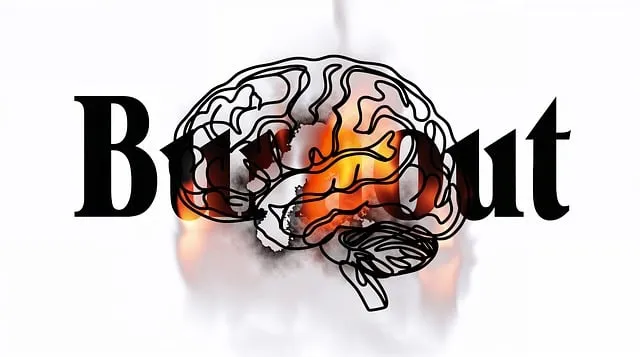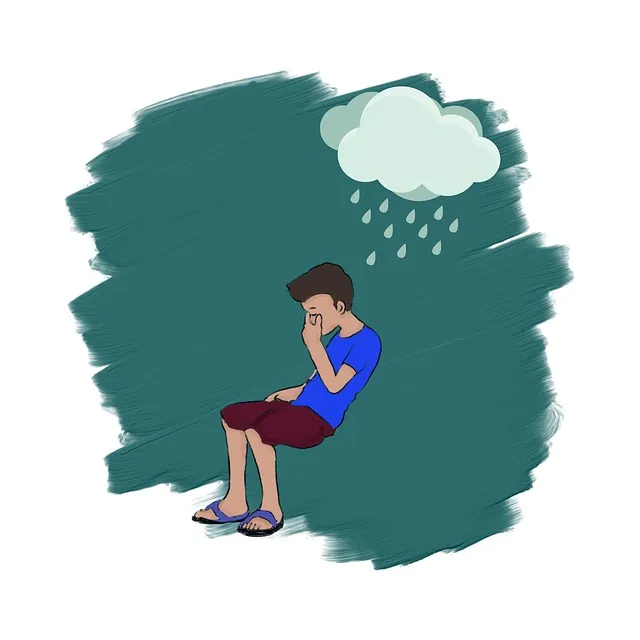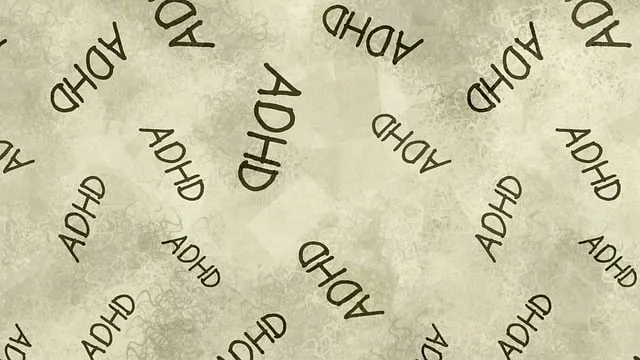The Superior Kaiser Permanente mental health center prioritizes patient well-being through comprehensive risk assessment and harm minimization strategies. By evaluating environmental factors, individual patient characteristics, and implementing evidence-based practices, the center creates a safe, supportive environment. Their approach focuses on holistic mental health maintenance, burnout prevention, and empowering patients with tools to navigate challenges. Proactive risk management, continuous improvement, and open communication ensure optimal patient care while enhancing employee well-being.
“Risk assessment and harm minimization planning are essential components of safe practice in mental health care. This comprehensive guide explores critical strategies employed by leading facilities, such as the Superior Kaiser Permanente Mental Health Center, to navigate risks effectively. We delve into understanding risk assessment as a foundational step, its role in harm minimization, and practical methods for identifying and evaluating risks specific to mental health settings. By examining these processes, we provide insights into developing robust harm minimization strategies and highlight the importance of continuous improvement through implementation and monitoring.”
- Understanding Risk Assessment: A Foundation for Safe Practice
- The Role of a Superior Kaiser Permanente Mental Health Center in Harm Minimization
- Identifying and Evaluating Risks in Mental Health Settings
- Developing Comprehensive Harm Minimization Strategies
- Implementation, Monitoring, and Continuous Improvement for Effective Risk Management
Understanding Risk Assessment: A Foundation for Safe Practice

Risk assessment is a cornerstone in the practice of mental healthcare, offering a structured approach to identify and mitigate potential harms. At superior Kaiser Permanente mental health centers, this process involves a comprehensive evaluation of various factors that could pose risks to patients’ well-being. By employing evidence-based methods, mental health professionals can ensure a safe and supportive environment. This includes analyzing individual patient characteristics, understanding the complexities of their conditions, and considering the potential impact of treatment interventions.
A robust risk assessment for mental health professionals goes beyond clinical considerations. It incorporates cultural sensitivity, recognizing that diverse backgrounds and experiences may influence an individual’s response to care. By embracing this aspect, healthcare centers can prevent burnout among staff and improve patient outcomes. Effective planning, guided by thorough risk assessments, enables mental health professionals to anticipate challenges and implement strategies that minimize potential harms, fostering a more positive and therapeutic environment for all patients.
The Role of a Superior Kaiser Permanente Mental Health Center in Harm Minimization

The Superior Kaiser Permanente Mental Health Center plays a pivotal role in harm minimization by leveraging its expertise and resources to address complex mental health challenges. As a leading healthcare provider, the center is equipped with advanced knowledge in mental health policy analysis and advocacy, enabling it to push for systemic changes that support individual well-being. This proactive approach extends beyond clinical care; it involves implementing innovative programs like community outreach initiatives designed to increase self-awareness exercises and connect individuals with much-needed resources.
Through these comprehensive strategies, the Superior Kaiser Permanente Mental Health Center not only treats mental health issues but also works to prevent harm by fostering a more supportive and informed society. By integrating best practices from Self-Awareness Exercises and Community Outreach Program Implementation, the center ensures that its efforts are evidence-based and community-focused, ultimately contributing to a significant reduction in mental health-related harm across affected populations.
Identifying and Evaluating Risks in Mental Health Settings

Identifying and evaluating risks in mental health settings is a critical aspect of harm minimization planning. At superior Kaiser Permanente mental health centers, professionals are adept at recognizing potential hazards that may impact patient well-being. This includes assessing environmental factors, such as an uncomfortable physical space or inadequate resources, which can contribute to adverse outcomes. Additionally, they carefully evaluate patients’ individual characteristics, including their history of trauma, substance abuse, or co-morbidities, to anticipate specific risks and tailor interventions accordingly.
Effective risk assessment involves a comprehensive review of patient records, clinical observations, and feedback from both patients and staff. For instance, burnout prevention is a key area of focus, given the demanding nature of mental health work. Mental wellness journaling exercises guidance can be incorporated into care plans to help individuals process their experiences and maintain emotional intelligence. By proactively addressing these risks, superior Kaiser Permanente mental health centers strive to create a safe, supportive environment that promotes positive mental health outcomes for all patients.
Developing Comprehensive Harm Minimization Strategies

Developing comprehensive harm minimization strategies is a multifaceted process that goes beyond mere risk identification. At superior Kaiser Permanente mental health centers, professionals recognize that tailored interventions are key to fostering resilience and well-being among patients. By integrating evidence-based practices such as emotional regulation techniques, confidence-boosting activities, and stress reduction methods, these centers create robust support systems.
These strategies encompass a holistic approach, addressing not just acute crises but also long-term mental health maintenance. Through individualized planning, mental health professionals ensure that patients are equipped with the tools to navigate challenges effectively. This proactive harm minimization not only reduces the likelihood of adverse outcomes but also empowers individuals to lead fulfilling lives, enhancing their overall quality of life.
Implementation, Monitoring, and Continuous Improvement for Effective Risk Management

Implementing effective risk assessment and harm minimization plans requires a strategic approach that goes beyond initial setup. At the Superior Kaiser Permanente mental health center, we prioritize continuous improvement through regular monitoring and adaptive strategies. This involves setting clear goals and metrics to gauge progress, ensuring alignment with best practices in the industry. By fostering an environment of open communication, our team can proactively identify emerging risks and implement timely interventions.
Moreover, integrating communication strategies and conflict resolution techniques enhances this process. Regular staff meetings and training sessions on burnout prevention equip mental health professionals with tools to manage stress and resolve conflicts efficiently. This proactive stance not only improves employee well-being but also translates into enhanced patient care. Continuous monitoring allows for data-driven decisions, ensuring our risk management strategies remain robust and responsive to evolving challenges in the mental health landscape.
Risk assessment and harm minimization planning are essential components of safe practice in mental health settings. By understanding the foundational principles of risk assessment, leveraging the expertise of a Superior Kaiser Permanente Mental Health Center, identifying and evaluating risks proactively, developing comprehensive strategies, and implementing continuous improvement processes, we can ensure that our practices protect both clients and staff while fostering positive outcomes. These measures are crucial for navigating the complexities of mental health care and upholding the highest standards of safety and quality.






